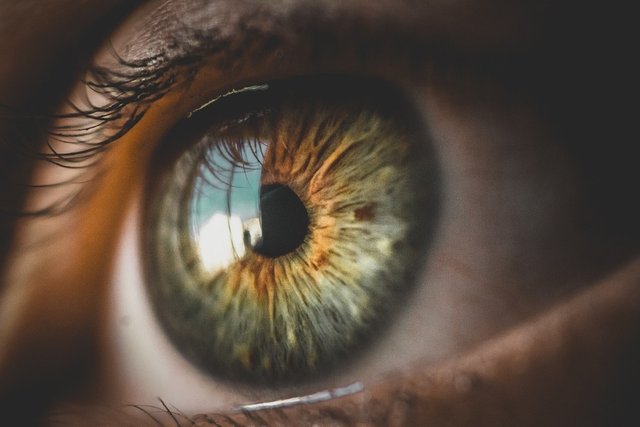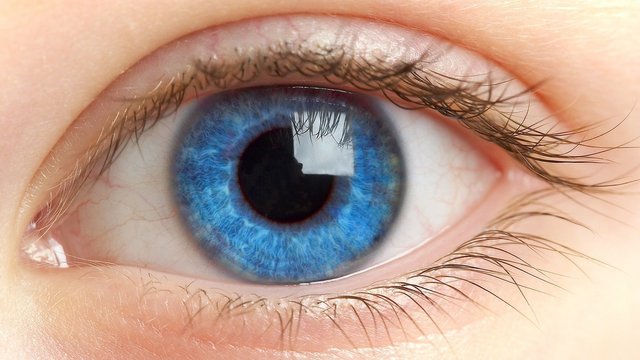
Your eyes are like snowflakes! No two are exactly the same.
Your eyes have a natural built-in sun shield - the iris, which expands and contracts to regulate the amount of light entering your eyes.
The muscles that control your eyes are the hardest working muscles in your body. They move more than 100,000 times a day!
Your eyes can see 500 shades of gray, which is useful for differentiating subtle changes in brightness.
Our eyes are the windows to the soul, but did you know they are also the only place in the body where you can see veins, arteries, and nerves without a microscope?
Your eyes are always the same size from birth, but your nose and ears keep growing. (So no, Pinocchio's nose growing due to lying is not scientifically accurate!)
The human eye can distinguish more shades of green than any other color.
The cornea, the clear outer layer of the eye, is the only part of the body that doesn't have a blood supply.
It is impossible to sneeze with your eyes open because your body involuntarily shuts your eyes to protect them.
The average blink lasts for only about 1/10th of a second, but you blink more than 15,000 times a day.
Reading in low light won't harm your eyesight, but it may make your eyes feel tired.
Human eyes are capable of seeing objects as small as 0.1 millimeters.
The term "20/20 vision" refers to normal visual acuity - the ability to see letters on an eye chart from 20 feet away.
Polar bears have black skin and transparent fur, which helps them camouflage in the snow, but their eyes are brown, just like yours.
Eyes contain a small blind spot where the optic nerve enters the retina, but your brain fills in the missing information so you don't notice it.
The average person blinks about 6 times per minute when using a computer, compared to 15-20 times per minute normally.
A chameleon's eyes can move independently of each other, allowing it to look in two different directions at the same time.
The human eye can detect a candle flame from up to 1.7 miles away in the dark.
Owls have huge eyes that take up most of their skull, but they can't move them like humans can. Instead, they have to turn their whole head to look around.
The pupils in your eyes can dilate up to 45% when you see someone you love. Aww!
I hope you enjoyed these interesting facts about eyes, presented in a fun way!
